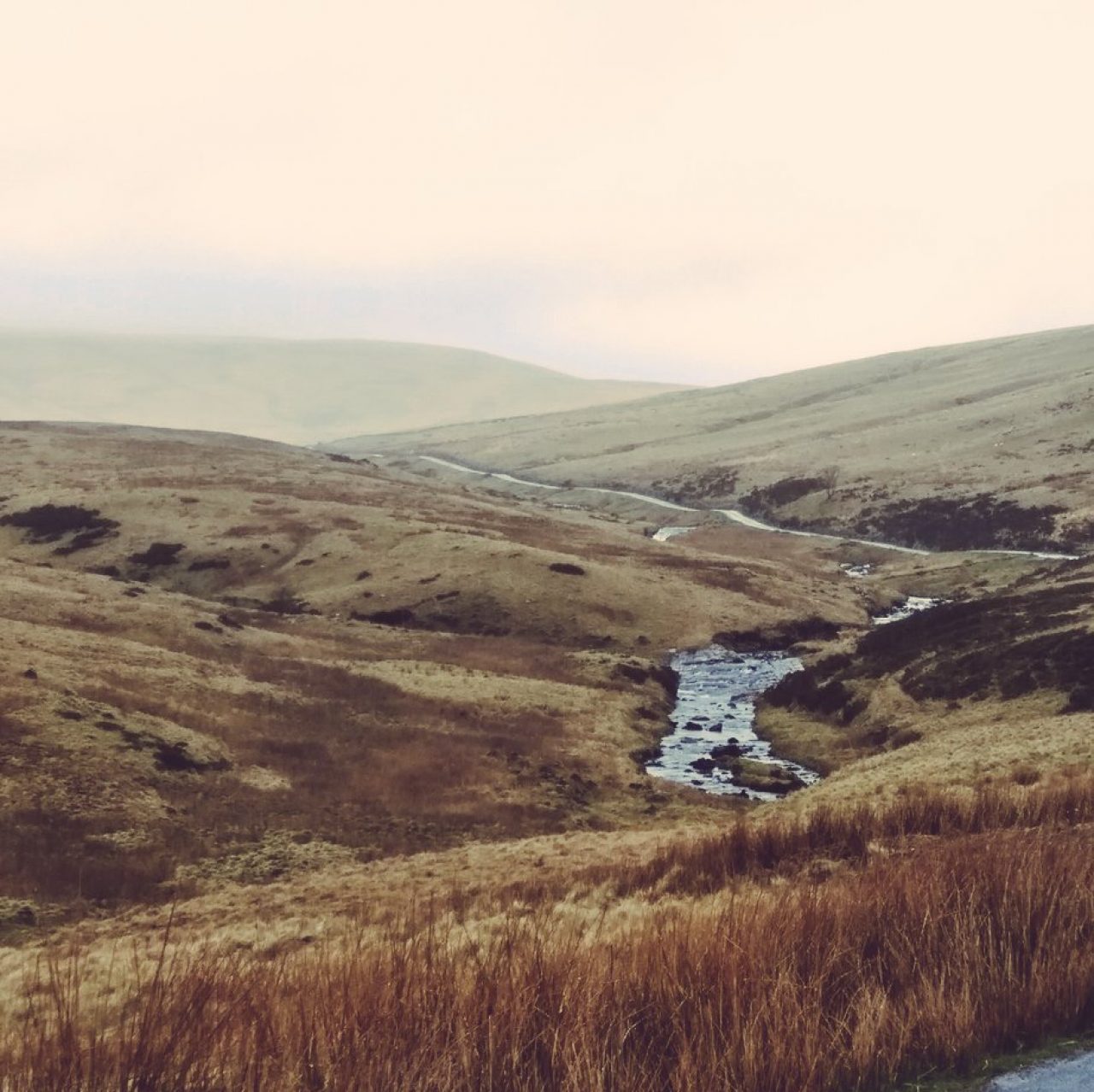Hi, I’m Rochelle. I graduated from Swansea University in 2021, and have since been a research assistant here at FIRE Lab. Last month, I attended a virtual conference, Sector Symbiosis: The Art of Interdisciplinary Working for Ecological Benefit, held by Chartered Institute of Ecology and Environmental Management (CIEEM). The conference had a series of talks from different groups working across disciplines, such as ecology and engineering, on projects related to infrastructure, such as roads.

One talk at the conference highlighted the importance of working together across disciplines and the role of engineers in such projects. The talk, Protecting Biodiversity: The Role of Engineers, by Siobhan Kennedy, shared results from interviews and focus groups conducted with members of Engineers Ireland about climate change, biodiversity, and engineering works. Siobhan showed that most of the members of Engineers Ireland agreed that they have a responsibility to tackle climate change and related biodiversity loss within their work, BUT they also identified species (which contribute to biodiversity) other than humans as constraints on their work and of less importance [than humans], and to be subsequently overlooked for the sake of project completion.
Siobhan highlighted opportunities for ecologists to work alongside engineers so to consider biodiversity from the start, and explicitly throughout, projects. These considerations relate further to a talk from Mike Oxford at CIEEM about the Ecological Clerk of Works (ECOW) accreditation and how it includes construction, communication, and professional collaboration. The ECOW is involved at all stages of projects to ensure compliance with ecological obligations. The hope is that in having these elements in the accreditation it will mitigate projects being completed without meeting environmental obligations by enabling ecologists to scrutinise, review, and give feedback to engineers and construction workers during all stages of infrastructure projects.
Overall, the conference was very engaging and worth attending. With virtual networking opportunities and field trips this conference was well suited for an early career scientist like me to attend. In my final year of studying for my bachelor’s degree, I became interested in how specialist knowledge is used to inform policy and improve decision making that can impact the environment and ecological processes. I particularly like the idea of working with other disciplines to understand how we can mitigate biodiversity loss while continuing to develop infrastructure.
The CIEEM conference showed me that opportunities exist outside of research in natural science, and job opportunities that incorporate my interests. Furthermore, a talk by Olivia Cairns at the conference, showed me the importance of the work I am currently doing to create a spatially explicit dataset of road-river crossing across the UK. My work details where these road-river crossings are located and what type of infrastructure (rather a bridge, culvert, or ford) occurs there. Olivia’s talk discussed a GD 300 scheme in which A roads (in the UK) are improved to look and work similarly to motorways. It is probable that many of the roads this scheme would look to improve would have pre-existing bridges, culverts, or fords. With the dataset I am creating and information regarding stream order and elevation we can identify the most sensitive structures and how vulnerable they are. This data can then be used to inform the design and development of new structures at road-river crossings, should a scheme such as the proposed GD 300 go ahead.
If these topics of interdisciplinary collaboration and infrastructure design are of interest to you, there is more here about a related project in North America that demonstrated that ecological design infrastructure can also return fiscal benefits to people along with benefits to nature. Thanks for reading! Be sure to check out the next blog post as it will be about our World Fish Migration Day activities, which also connects rivers, fish, and people.
